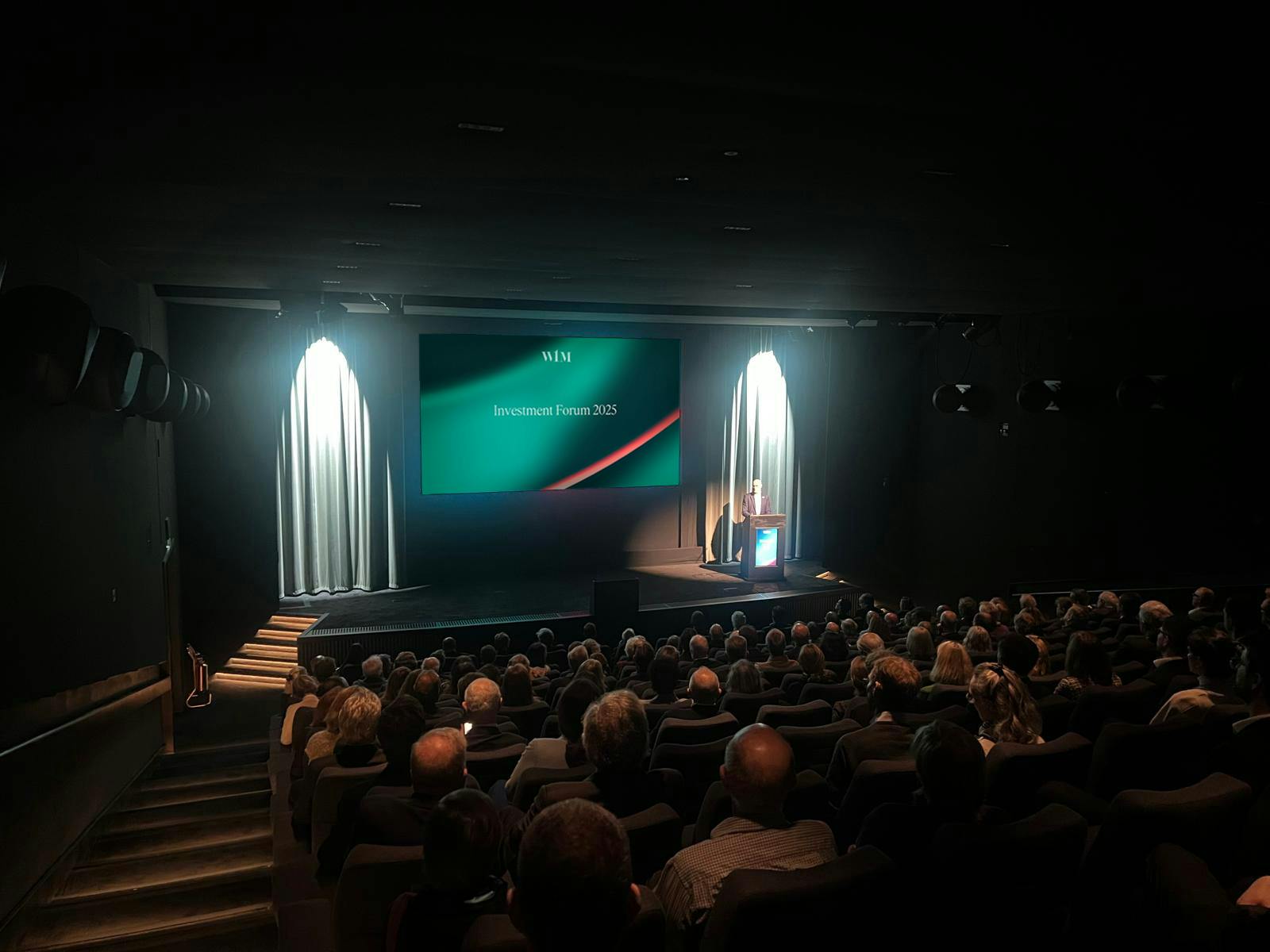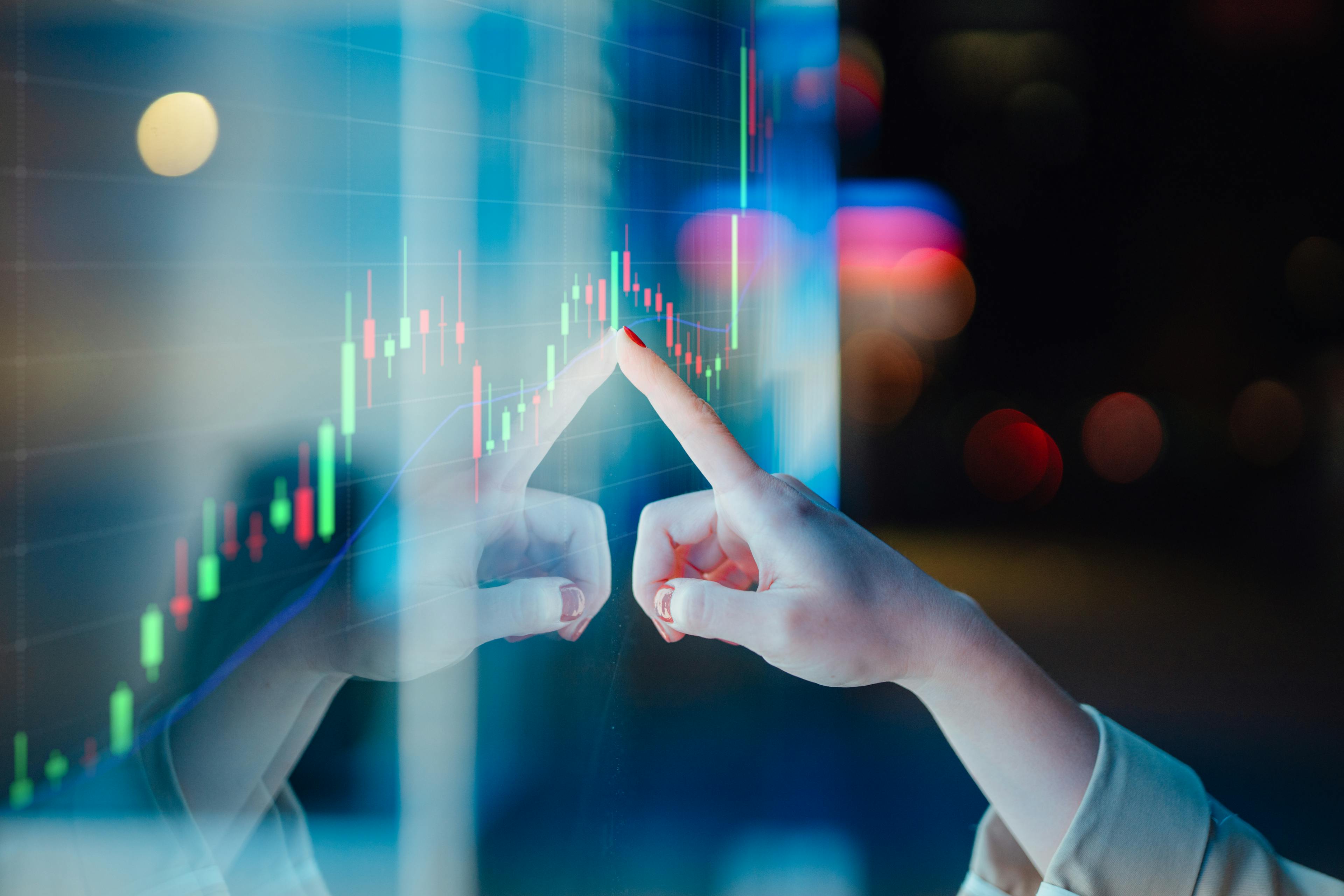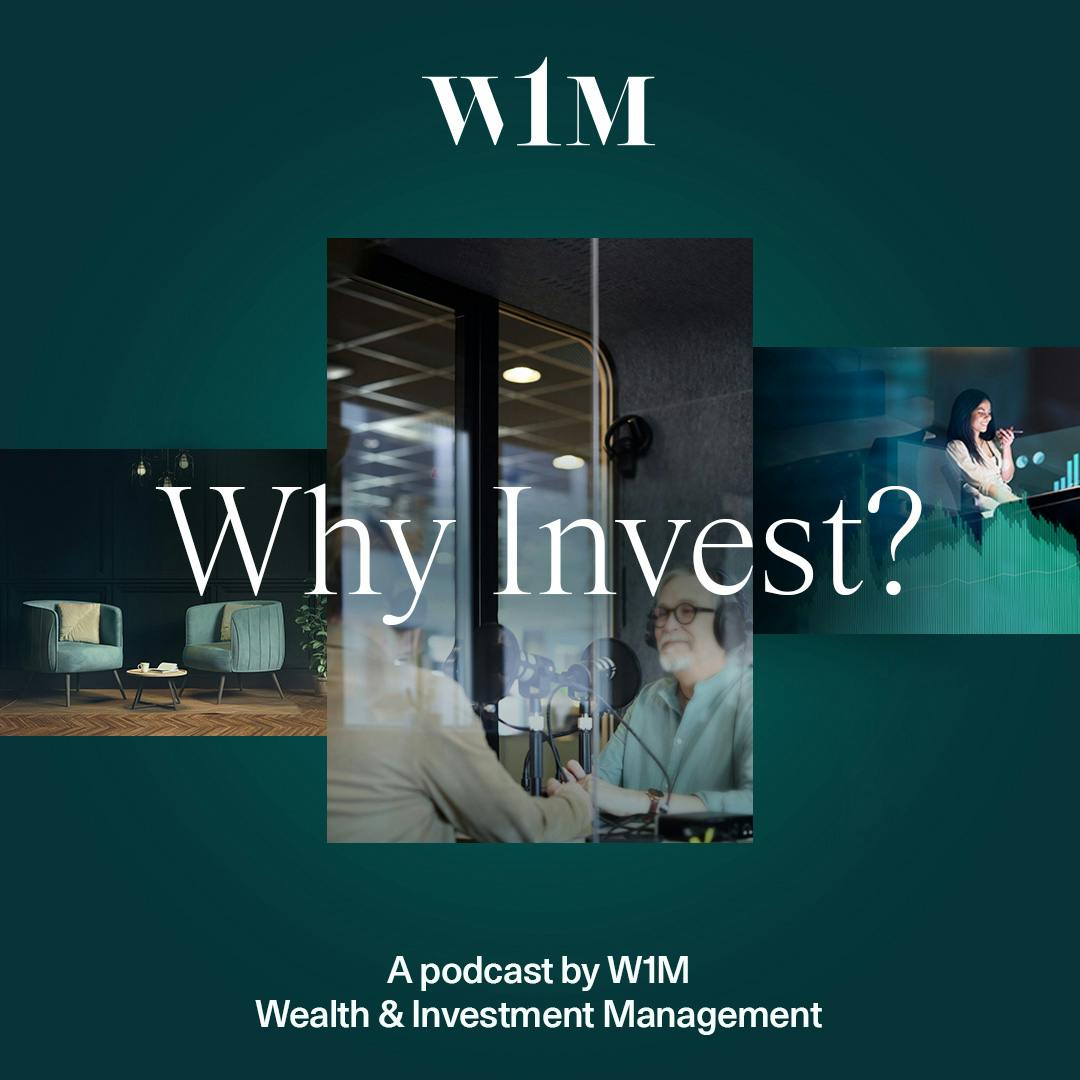Back to the Future

The arts have always been a means to model the hypothetical; Zemeckis and Gale’s “Back to the Future” series is no exception. Skilfully employing the device of time travel to vividly imagine alternative worlds, the films portray the variant futures of the central antagonist, Biff Tannen. Biff is the archetypal high school bully, a cautionary figure of unchecked entitlement and callousness, whose divergent fortunes help inspire the morals of the first two films. The conflict between Biff and his counterpart, Marty McFly—the plucky time-travelling hero who, with Doc Brown’s help, foils Biff’s self-serving schemes— is set in the fictional town Hill Valley.
By varying the parallel dimensions of time around the anchor of place, the films vividly portray how shifting power relationships transform the very fabric of society. Hill Valley thus becomes a dynamic expression, reshaped and reimagined through each alternative reality, highlighting the profound interplay between personal morality, power, and communal identity.
In the first film, Biff’s oppressive behaviour is checked early: a sucker punch delivered by George McFly (Marty’s father) saves the family from a future of servitude and preserves the social fabric of their community. The second film examines a more dystopian evolution and serves as warning to the insidious political influence of wealth. A joyride to the past in Doc Brown’s DeLorean allows future Biff to place a sporting almanac in the hands of his younger self. The foreknowledge it contains catalyses Biff’s metamorphosis from petty bully to lucky gambler and, finally, despotic magnate. Unsatiated by money alone, Biff uses his immense vote-rigging loot to gain political influence, lobbying for self-serving legislation (the legalisation of gambling) and demolishing the town’s court-house to make room for “Biff Tannen’s Pleasure Paradise”, a towering casino hotel. From the purview of the 27th floor Biff exercises autocratic dominance over Hill Valley wielding his control over the police to exploit women and enact murder. His followers hail him as “America’s greatest living folk hero” and the “Number One Citizen”, whilst armed militia terrorise the population on the streets below.
One of the most intriguing aspects of this alternate 1985 is the muse for its sculptor, Biff Tannen, was a young Donald Trump. It watches like an eerily prescient roman à clef for modern times. So what can investors learn from Zemeckis and Gale’s thought experiment? And what do the films tell us about our own potential futures during this period of turbulence?
My mind was drawn at first to Mr. Strickland, the stern, no-nonsense principal of Hill Valley High School. The incarnation of authority, discipline, and order. Known for his striking reprimand, "You're a slacker!" Strickland personifies the judiciary; an impartial institutional counterbalance to both Biff and Marty's reckless behaviour. Any hope for a swift rebuke from the courts in 2025 feels optimistic. While the authority to implement tariffs by executive order (and thus bypass congress) has already been challenged[1], given other routes exist[2], at best it is an attempt to tape the cracks in crumbling plaster. The film inspires even less hope; the portrayal of Strickland as a desperate survivalist, protecting his home from rampant crime with a shotgun, serves as a reminder of the slow erosion effected by political intervention, strategic appointments and ideological vetting. Perhaps the fact the challenge was brought by major sponsors of the Republican party offers hope of a more potent reprimand for unruly behaviour.
Another notable parallel is Biff Tannen's aggressive pursuit of Lorraine McFly (George’s wife), which reveals deeper insecurities beneath his bullying exterior: a profound need for acceptance and validation. The Trump administration is weakened by its own need for acceptance; but in some ways serves three mistresses.
The first and most obvious is the electorate, and whilst to some extent manufacturing fetishists are numerous, there is no more potent way to deflate fantasy than a confrontation with reality.[3] A weaker dollar, higher prices[4] and lower 401K balances will rudely shatter the illusions of retirees (the strongest support base for tariff policies) just in time for the mid-terms. Living next to the construction site for a shiny new steel plant will likely offer little solace. New jobs for younger voters will be slow in coming and, with such low unemployment, unnecessary. It is not without reason that the National Association of Manufacturers is lobbying for higher legal immigration.[5] Factory work is not for slackers.
Manufacturing Dissent?
Donald Trump’s approval rating has been plummeting since tariffs were first introduced

Source: Silver Bulletin, 538 Politics
The bond market is the mistress of the purse-strings, and for many governments the most difficult to please. Biff and President Trump are property moguls, and I’ve never met a property mogul that doesn’t understand interest on debt. If we are right to suspect tariff policy is less about reshoring for the benefit of the auto worker and more about generating revenue—without politically difficult spending cuts that require congressional approval—to extend expiring tax cuts then higher interest rates become self-defeating. In fiscal 2024, tariffs raised $83 billion, the recently imposed rates target $600-$700 billion annually. Even if they hit these optimistic targets interest spending on debt is the larger lever (nearly $900bn in 2024 and projected to rise significantly[6]). Getting rates down matters.
When it comes to interest rates, few have more influence than The Federal Open Market Committee of the Federal Reserve (the Fed). They provide the anchor of short-term policy interest rates to which every other Government bond (along with most other assets) are tied. It feels unlikely that President Trump will be able to influence the committee sufficiently (in the short term at least) to force policy rates lower. These technocrats are delegated the authority over short-term interest rate control within the boundaries set by specific intelligible principles, namely maximum employment and price stability. Whether this committee looks at a tariff induced increase in the price level as a ‘one-off’ is a topic of hot debate (this would enable them to ignore inflation generated by tariffs and continue cutting interest rates). To us this feels like a difficult position in the current context of rising prices and it is likely that the Fed will be careful not to cut rates too quickly. This is not a consensual position, the average expectation is for nearly four 0.25% interest rate cuts by the end of the year. Admittedly the argument may prove moot, longer tenure interest rates (the 10 year treasury yield for example) matter more for long-term debt sustainability and these prices are far less subject to technocratic control; intervention beyond the remit of maintaining an orderly market for US government debt will require congressional approval. The economic corollary of lower imports is fewer foreign buyers of US government debt. To avoid higher long-term interest rates the improving trade balance President Trump seeks will mean finding domestic investors with big enough pockets to take up the slack.
More sellers than buyers?
The Congressional Budget Office (CBO) predicts US government debt will continue to mount. With declining central bank and foreign purchases, will domestic buyers foot the bill.

Source: Debt to GDP predictions, CBO's January 2025 report The Budget and Economic Outlook: 2025 to 2035. Historic data, the Federal Reserve Bank of St. Louis
The third mistress is vested interest. Historically, globalisation involved products crossing borders, neatly defining winners and losers under tariff policies within national boundaries. Today, factories themselves cross borders, complicating tariff implications significantly. If anything recent share price moves confirm U.S. corporations have been among globalisation’s largest beneficiaries - a reality likely understood by President Trump and his administration, but most definitely understood by his sponsors. It is no surprise then that tariff policy has drawn the ire of rival “Number One Citizens”, of which Elon Musk is perhaps the most vocal. Perhaps the most telling signal however is that the aforementioned legal challenge to the executive branch’s authority was brought by a gaggle of traditionally conservative, libertarian, globalist billionaires. Tariff policy is the greatest philosophical test of the Republican party’s unity since President William McKinley. Tariffs were one of many catalysts for the reshaping American political identity then, it may prove that that they play a similar role again.
Ideological conflict within the Republican party is not limited to tariff policy. Trump’s love for tariffs is surpassed only by his “one big beautiful bill” of fiscal profligacy. The passage of the Senate-amended Fiscal Year (FY) 2025 concurrent budget resolution by congress on April 10th (one day after the partial tariff “U-turn”) was less widely reported, but nonetheless an important concession to the Make America Great Again economic plan. The senate amendments, including an untested accounting gimmick, set an alternative framework that may pave the way for a significantly more expansive domestic fiscal stance in upcoming budget negotiations. At its most generous this framework allows $1.5 trillion of additional tax cuts on top of the $3.8 trillion cost of making permanent hitherto temporary (Trump 1 era) tax cuts due to expire this year. Whilst Republicans in both houses must now reconcile their differing blueprints, an accelerated legislative framework means a final bill may be drafted within two months and the requirement for a simple majority means Republicans need only agree with themselves. Successful passage of a more profligate bill may well negate the need for the conciliatory revenue raised by tariffs.
What guide to the future can Waverton give then? The false certainty of singular predictions make nice soundbites. “We are now 20% more likely to enter a global recession” says he, or “Trump tariffs add 90% to the price of eggs” says she. But we are in the business of building portfolios not headlines. Such statements are a distraction, and infer a single average probability when potential future states seem bi-modal and contingent. As Zemeckis and Gale teach us, there are always multiple potential futures to consider.
Most of the anecdotal evidence for slowing activity this year cites tariff uncertainty - for example the Fed's beige book, or the more recent Dallas Fed's survey of Texan manufacturers (more than half of the comments left on the survey vented about the negative impacts of tariffs). It is crucial to remember tariff uncertainty can disappear just a quickly as it was created. Assume passage of the “one big beautiful bill” and a more co-operative tone to trade negotiations as a consequence; we may quickly find ourselves in a future of lower trade barriers and significantly more accommodative fiscal stances in both the US and Germany.[7] The less optimistic scenario is clearly a protracted "trade war". The risk here being that the net result of tariff policies will be to pass higher prices on to the US/global consumer coincident with slowing economic growth, what economists describe, and some may remember as “stagflation”. As investors we are constantly confronted with both optimistic and pessimistic readings of the tea leaves. It can become particularly difficult to make impartial decisions when confronted with a version of the future that we do not like, written by characters many find morally objectionable. At these moments it pays to ask, what would Doc Brown do?
Throughout the trilogy Doc Brown places his faith in the quiet progress of human endeavour. Perhaps the greatest lesson we can draw from his example is that technological progress is one of the few constants in all of the imagined futures. I would like to think if ever faced with the destruction of my local court, and the erection of a “pleasure palace” in its place, I’d have the good sense to invest in flying cars and hoverboards. My more pragmatic colleagues would point out the merit of far less hypothetical contemporary business models trading at knockdown prices. Pricing power has always been a key part of our process and it won't be a surprise that we are talking to the companies in which we invest your capital to assess the impact of the recent changes. This work may not help us avoid further downside, but will be critical to ensure we own the businesses that will profit once current instability subsides. To borrow a quote from the late Steve Jobs "Innovation is the ability to see change as an opportunity – not a threat." Ownership of innovative companies is the only ultimate safe harbour in a changing world.
[1] President Trump’s authority to use the International Emergency Economic Powers Act of 1977 has been challenged by a lawsuit filed in a Florida federal court. The legal organization behind the lawsuit is funded by groups linked to Charles Koch and Leonard A. Leo.
[2] Section 232 of the Trade Expansion Act of 1962 has been used by the first and second Trump administrations for steel and aluminium imports. It authorizes the president to ask the Secretary of Commerce to determine if goods are being imported in manner that threatens national security. Section 201 of the Trade Act of 1974 act also allows the president to impose tariffs if the U.S. International Trade Commission (ITC) finds that an import surge is threatening a U.S. domestic industry.
[3] The Cato Institute 2024 Trade and Globalization National Survey surveyed 2,000 Americans. Whilst 80 percent thought the country would be better off if more Americans worked in manufacturing, only 25% thought they would personally be better off working in a factory. Two of the groups most supportive of more Americans working in manufacturing were those aged 65 and older (86 percent) and the retired (90 percent).
[4] The danger that the transmission of higher prices is quicker than expected is very “real”. A recent Federal Reserve working paper suggests COVID taught businesses to swiftly capitalise on supply-side shocks and pass through rapid price increases far faster than traditional economic models predicted.
[5] National Association of Manufacturers, A Way Forward, Immigration
[6] The Congressional Budget Office, The Budget and Economic Outlook: 2025 to 2035. Note these projections are based on “current law” and do not extend tax cuts due to expire this year
[7] It is easy to forget approval for the largest fiscal expansion in Germany since reunification also happened this




